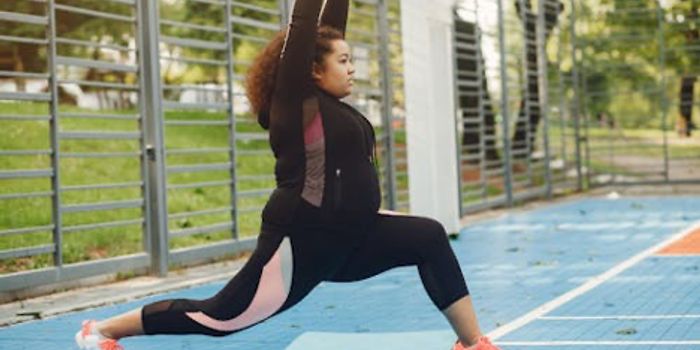Scientists begin a 7-year journey into designing the perfect heart patch to treat cardiovascular disease. For now, they’re using pig hearts, but soon it’ll be actual human hearts that will be receiving heart patch transplants.
From the University of Wisconsin-Madison, in collaboration with University of Alabama at Birmingham and Duke University in North Carolina, scientists are creating and testing three-dimensional heart patches containing all of the necessary cell types to build healthy heart muscle, all starting with stem cell technology.
"We're at a stage when we need to see how these cells do in a large animal heart attack model,” said UWM cardiologist Timothy Kamp. “We'll be making patches of heart muscle that can be applied to these injured areas."
Kamp and his colleagues have been working toward this moment for almost twenty years, ever since human stem cells were available for studies in the lab. Using the pig heart model, which is known to be a reliable representation of the human heart, Kamp is one step closer to applying the heart patch to human patients.
The science of the stem cell-based heart patch improves upon existing whole-organ heart transplants because of the ability for the patch to be tweaked and personalized to fit individual patients’ heart conditions. With precision medicine an endeavor desired by many other aspects of medicine, the fine-tuning potential of the new heart patch technology is highly advantageous to providing the best prognoses for patients.
The heart patch contains cardiomyocytes, which control muscle contraction, fibroblasts, which provide a structural framework to tissue, and endothelial cells that line blood vessels.
Major concerns that Kamp and his team plan on addressing revolve around preparing the heart patch so it is accepted by both the immune system and the native heart tissue. Like any other transplant, there’s a chance that the host’s immune system could respond as if the transplanted tissue is a foreign invader, which could be detrimental to the recipient’s survival. Part of the study will be transplanting the experimental heart patch into animal models designed to have a human immune system, using technologies similar to those used for solid organ transplants.
Researchers also have to make sure that once transplanted into the heart, the patch will “beat in rhythm” with the surrounding host tissue. "Another barrier we are particularly concerned about is triggering arrhythmias," Kamp said. "Will putting these cells in create a life-threatening ventricular arrhythmia?”
Successful integration of the heart patch into the recipient heart is key to designing a safe and effective solution for heart disease. Along with the benefit of tailoring heart patches to fit specific diseases present in patients, the new technology could make a huge difference to treating cardiovascular disease.
Source:
University of Wisconsin-Madison









